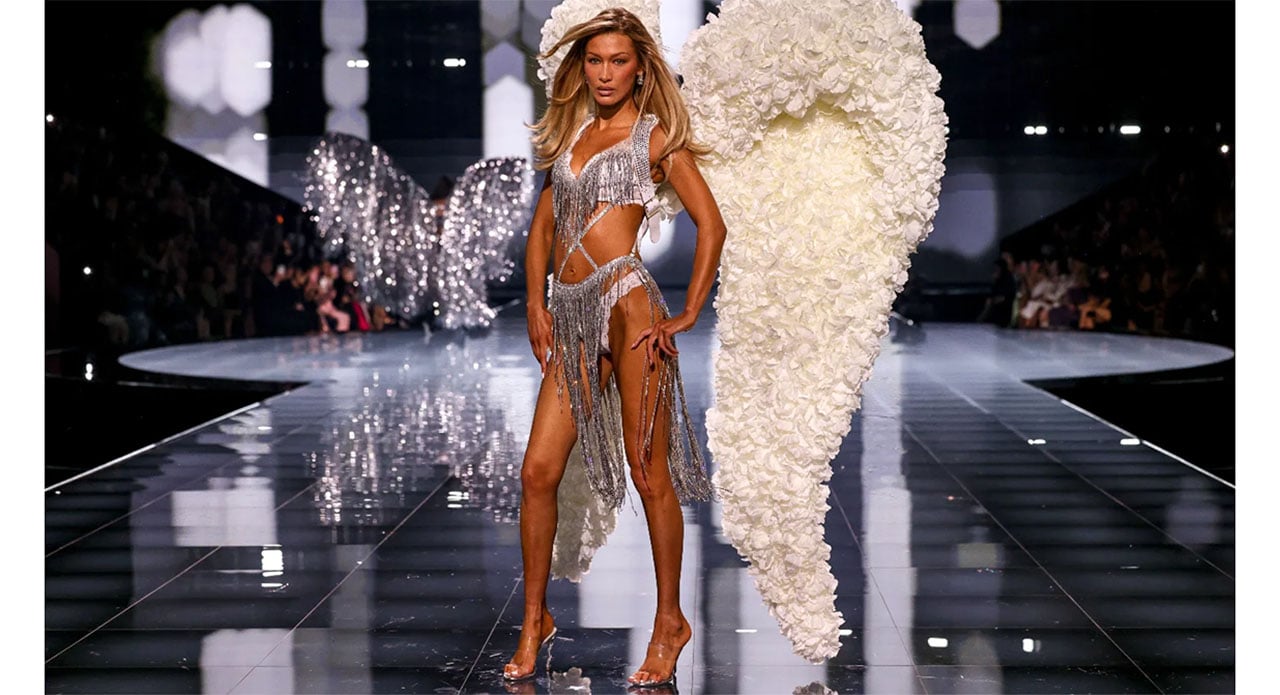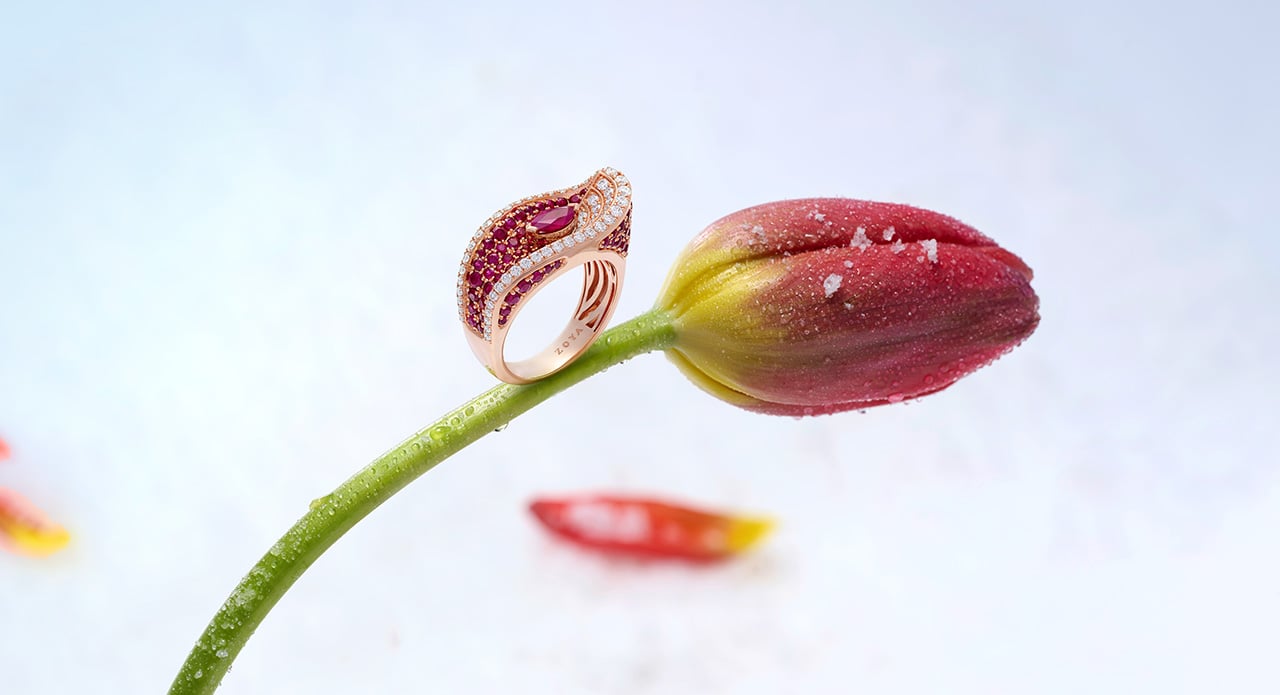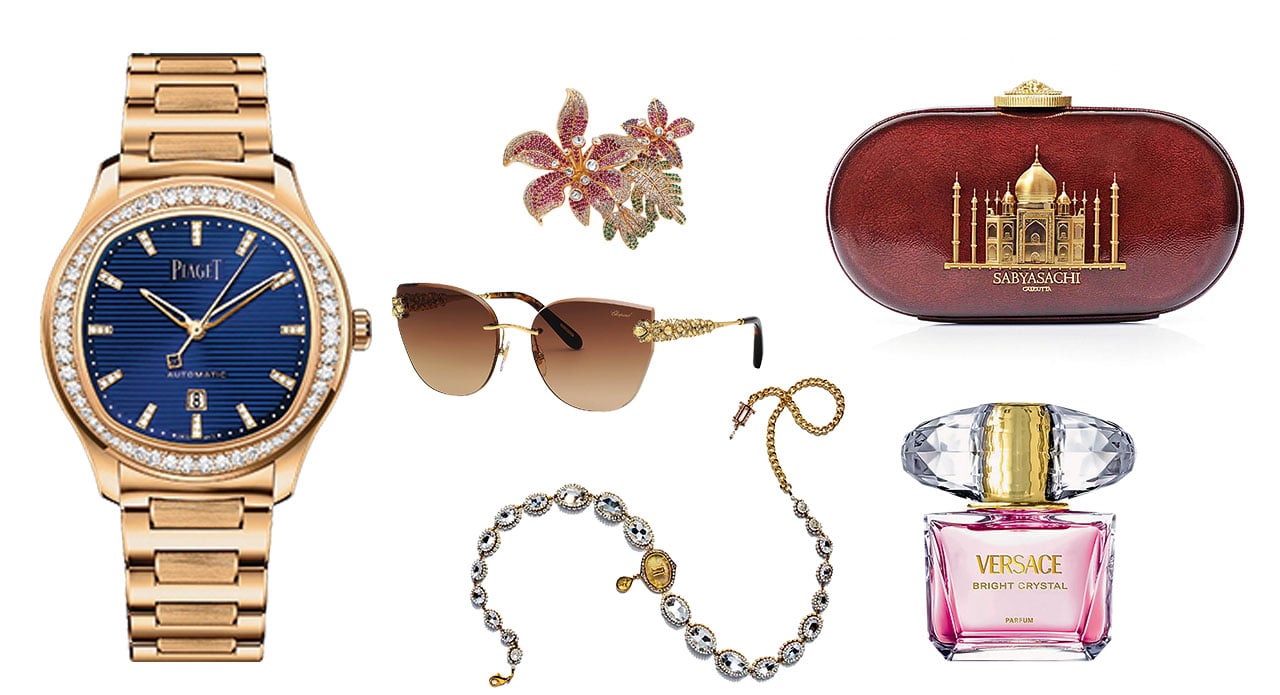India has always held a unique allure for the global fashion fraternity — a kaleidoscope of textiles, colors, and craftsmanship that offer an endless source of inspiration. From the intricate weaves of Banarasi silks to the earthy elegance of jute and handloom cottons, the country’s artisanal legacy runs deep.
Yet on international runways, this rich reservoir of culture is often distilled into diluted motifs and mass-friendly products — frequently without credit or context. While global designers continue to embrace Indian elements, the pattern of borrowing without acknowledgement persists.
The Kolhapuri Controversy: Prada and the Case of the “Boho” Sandals
View this post on Instagram
At the Milan Fashion Week this season, Prada sent models down the runway wearing sandals unmistakably similar to Kolhapuris — a handcrafted leather slipper native to Maharashtra, known for its detailed braiding and dyeing techniques. Marketed by Prada under a new silhouette with no reference to its Indian origin, the sandals were simply branded as a “reimagined summer flat”.
This follows a long tradition of Western brands co-opting Indian heritage pieces — whether it’s Isabel Marant’s take on tribal embroidery or Fendi’s mirrorwork jackets — where the visual is lifted, but the story behind it is lost.
When the Bindi Became Pop Culture Costume

One of the most iconic and polarising examples of cultural appropriation was Madonna’s 1990s transformation during her Ray of Light era, when she adopted bindis, mehndi, and South Asian symbolism as part of her spiritual persona.
At the MTV Music Awards on September 10 1998, Madonna surprised audiences by performing the Sanskrit song “Shanti”, accompanied by the Patnaik sisters’ Odissi-style dance and a backdrop of Hindu deities. Dressed in mehendi, tilaka, and Indian jewellery, she embraced Indian symbolism during the performance. However, controversy arose when she kept the same Hindu ornamentation while performing her sensual pop hit “Ray of Light”, prompting backlash from the Indian ethnic press in the U.S. for perceived cultural insensitivity.
But the bindi is not a beauty mark — it’s a religious and cultural emblem, worn for centuries by Hindu women. In divorcing the symbol from its meaning, these celebrities contributed to its commodification — turning sacred tradition into trend.
The Scandinavian Scarf That Was Really Bandhani

In 2017, Swedish label Totême launched a collection of patterned scarves touted for their “Nordic artisanal aesthetic”. But Indian fashion critics were quick to identify the design as a near-replica of Bandhani, a tie-dye technique from Gujarat and Rajasthan with roots dating back to 4000 BCE.
The brand neither credited the source nor acknowledged the similarity. This is where cultural borrowing turns into appropriation: when centuries-old crafts are passed off as minimalist “global design” without traceability or storytelling.
A Positive Turn: Dior’s Mumbai Showcase

Not all stories are cautionary. Dior’s Pre-Fall 2023 show at the Gateway of India was a nuanced, collaborative attempt to spotlight Indian artisans. Creative Director Maria Grazia Chiuri partnered with the Chanakya School of Craft to co-create the collection and credited their work prominently.
However, even that moment drew criticism for the lack of Indian faces on the runway, raising questions about how “inclusion” is defined in fashion — is it enough to include craft without the communities behind it?
Inspiration Isn’t the Problem — Erasure Is
Cross-cultural design has always enriched fashion. India itself is a confluence of influences — from Persian paisleys to Mughal silks. The issue is not with sharing inspiration but with stripping it of its roots.
As the world becomes more conscious of ethical fashion, credit, collaboration, and compensation must go hand in hand with creativity. Giving artisans visibility, offering royalties, and naming techniques correctly are no longer optional — they’re the bare minimum.
ALSO READ: Not Just A Pretty Stone: Mozambique Rubies Are Having A Moment
Because India isn’t a Pinterest board. It’s a living, breathing culture — and it deserves to be seen in full color, not through a colonial filter.











